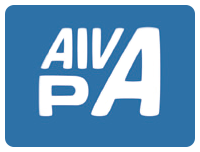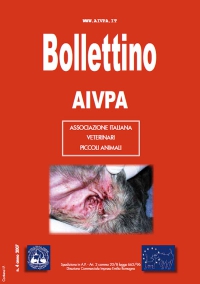Il dolore negli animali: perché è importante trattarlo
Patogenesi e conseguenze cliniche del dolore patologico - Parte 1
Authors
Della Rocca G., Di Salvo A.
Dipartimento di Patologia, Diagnostica e Clinica Veterinaria, Facoltà di Medicina Veterinaria, Università degli Studi di Perugia
Summary
Animals perceive pain as well as humans. Pathologic pain (also known as chronic pain) is caused by damage to the nervous system. Unlike physiologic pain (also known as nociceptive pain), pathologic pain is not self-limited and not serves to useful function. The pathophysiology of pathologic pain syndromes is complex.
However, current research is rapidly expanding our understanding of these syndromes. Numerous cellular mechanisms of pain transmission have been elucidated, underlining the occurrence of a “pain cycling” characterised by hypersensitization, and the clinical correlates of these mechanisms are beginning to be recognized. Although it was once thought that pain was a “necessary trouble” and that some pain persisting into the postoperative period was beneficial, encouraging animal immobility and, in turn, healing recovery, we now know that pain may actually delay recovery due to a number of clinically significant negative side effects. Notwithstanding this, pain in domestic animals is still under-treated.
Keywords
pain, pain pathway, hypersensitization, analgesia


